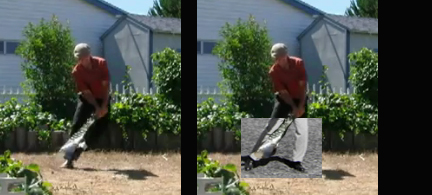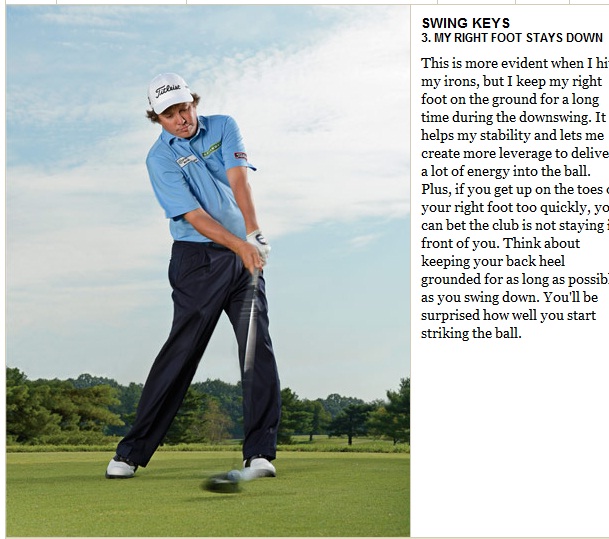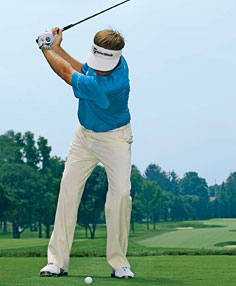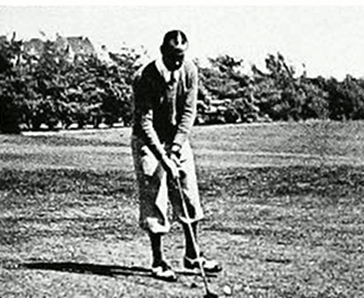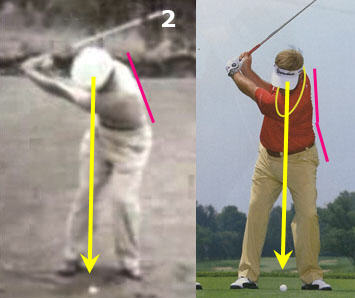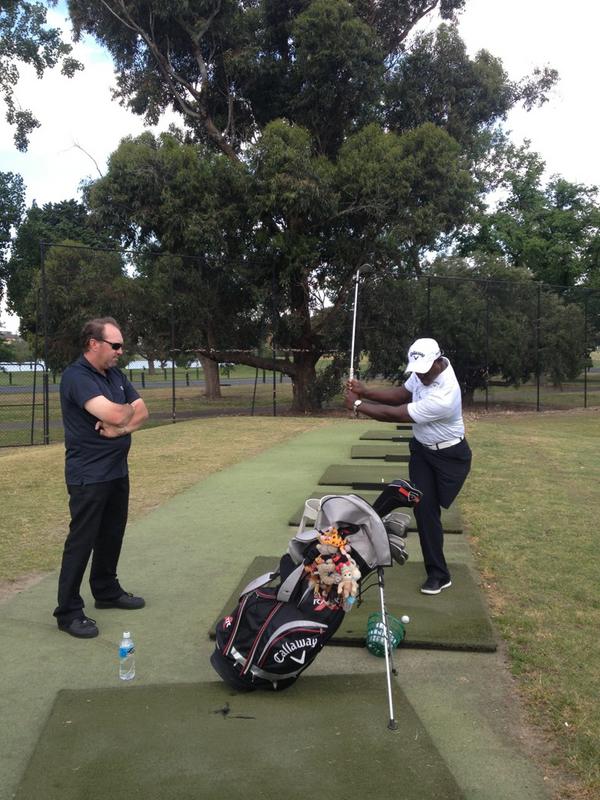Sick video. To be able to strike a ball solidy with that much movement going on with your body takes years of coordination development (or a lot of takes we didn’t see…)
Anyway, I have to differ here a bit. Just because you demonstrate one CAN hit the ball with no weight on left foot does NOT mean this is what IS happening when one does have ability to use their left side (not zero ground contact of left foot).
I see here a huge exaggerated lateral move back and through. Much more than ever has happened in a world class swing. Happy Gilmore like. But lateral motion adds very little clubhead speed, yet does add a much more degree of difficulty in properly timing a strike. It is why the advocates of “modern” swing theories are trying to delete that unnessassary move. If it does very little, why have it and have to coordinate one more thing? While starting and staying left as in S&T may be an extreme over-correction, surely staying more centered would be ideal.
I have watched a ton of swing videos, past and present, as I am sure we all have. Planting the left heel down first to start down move (or very close to it) is, in my opinion, a hallmark of the greats. I am surprised to see you say otherwise because it is obvious as day. This motion of planting IS a weight transfer. It starts with the planting and by impact the right foot is the one almost with no weight. The tippy toe look of right foot at impact means there is little weight on it. In your demonstration your are on a flat right foot at impact.
Is the greatest ever not planting left very soon after reaching top of backswing and what little weight is on the right foot at impact not just on his toes?
[youtube]http://www.youtube.com/watch?v=4vSppPR2ChI[/youtube]
Todays pro’s are evolving to still load right side it appears but removing lateral motion by pivoting more stationary.
[youtube]http://www.youtube.com/watch?v=B3P3HKyXOEc[/youtube]
